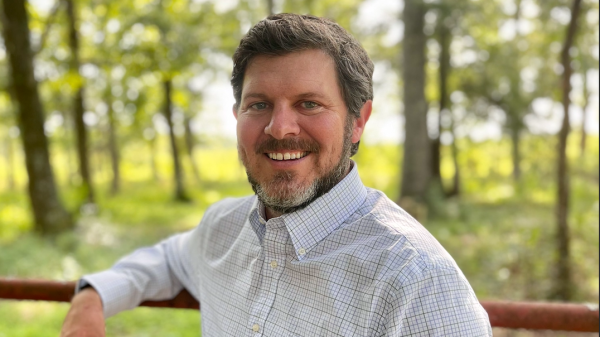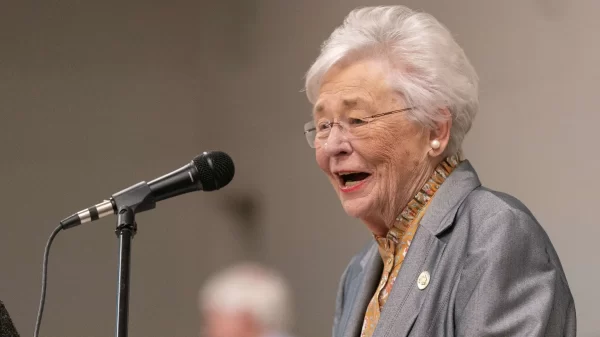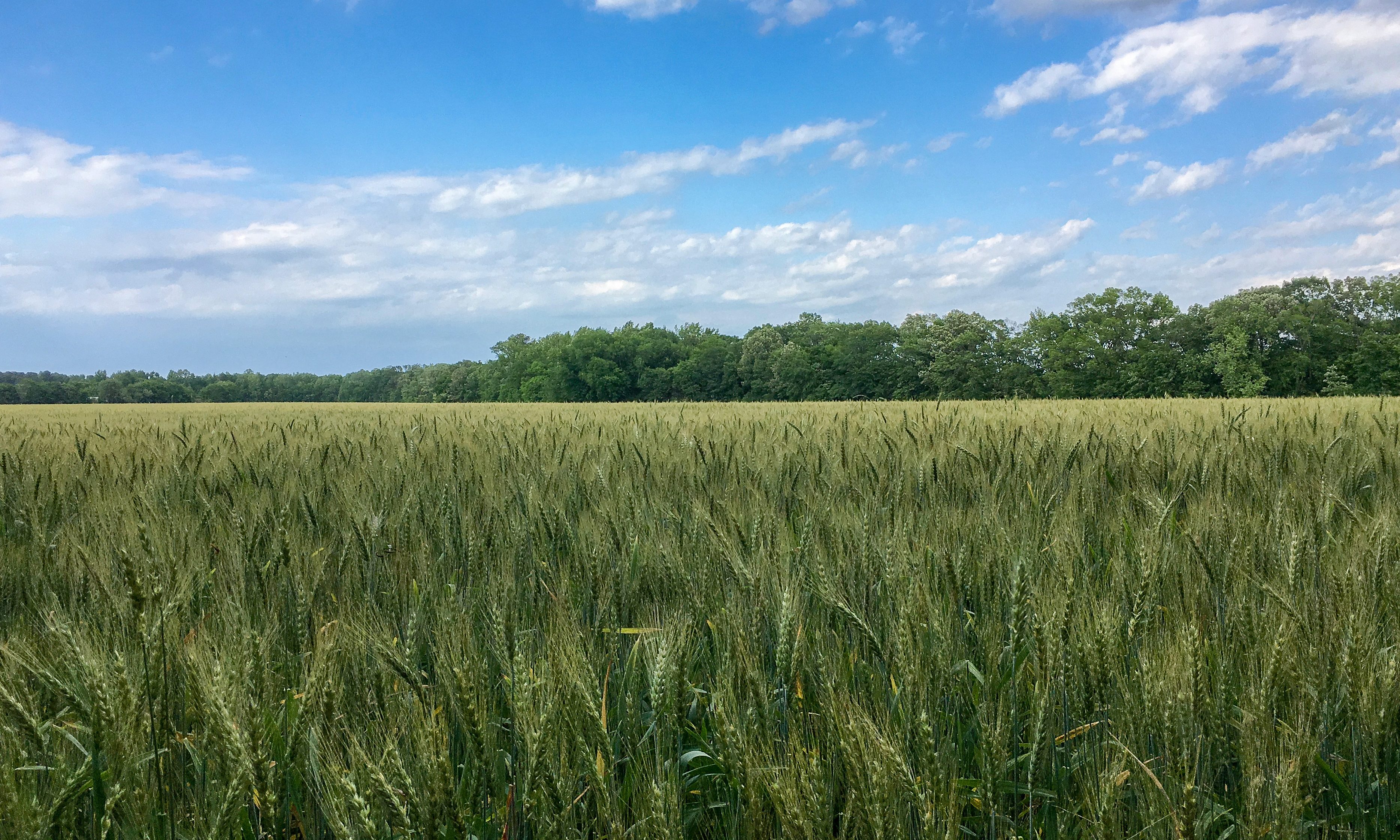Beginning Wednesday farmers whose crops were affected by natural disasters in 2018 and 2019 can apply for some of the more than $3 billion in federal aid.
U.S. Secretary of Agriculture Sonny Perdue made the announcement Monday that the Wildfire and Hurricane Indemnity Program Plus signup starts Sept. 11.
“U.S. agriculture has been dealt a hefty blow by extreme weather over the last several years, and 2019 is no exception,” Perdue said in a press release on Monday. “The scope of this year’s prevented planting alone is devastating, and although these disaster program benefits will not make producers whole, we hope the assistance will ease some of the financial strain farmers, ranchers and their families are experiencing.”
Congress in June approved the more than $3 billion aid package, which is targeted to help farmers who lost crops due to hurricanes, floods, wildfires and cold snaps, or who were prevented from planting crops due to natural disasters during those years.
The federal aid program will pay 100 percent of the damages for crops lost during 2018 and 50 percent of damages for losses in 2019.
In 2018 five Alabama counties were designated as primary disaster areas, which included Barbour, Geneva, Henry, Houston and Pike counties. Each of those areas were impacted by flooding due to Hurricane Michael, according to the USDA.
The Georgia Farm Bureau estimated that agriculture losses in Alabama, Florida, Georgia, North Carolina, and South Carolina alone in 2018 and 2019 total nearly $5.5 billion.
Who is eligible?
Losses must have occurred in 2018 or 2019, and farmers in counties that did not receive a disaster declaration or designation may still apply for this program but will have to provide supporting documentation to show their crops were affected by a natural disaster.
Grazing and livestock losses, other than milk losses, are covered by other disaster recovery programs offered through USDA’s Farm Service Agency, so those losses are not eligible for this program.
Other notable details
Farmers who did not insure their crops in 2018 or 2019 will receive 70 percent of the expected value of the crop under this program. Insured crops will receive between 75 percent and 95 percent of expected value, while those who purchased the highest levels of insurance coverage will receive 95 percent of the expected value.
Milk loss
The Milk Loss Program will provide aid to eligible dairy operations for milk that was dumped or removed from the market because of a qualifying 2018 and 2019 natural disaster. Producers who suffered losses of harvested commodities, including hay, stored on farms in 2018 and 2019 will receive assistance through the On-Farm Storage Loss Program.
Additionally, the disaster relief program expanded coverage of the 2017 aid program to include losses from Tropical Storm Cindy, and peach and blueberry crop losses that resulted from extreme cold.
For more information on FSA disaster assistance programs contact a local USDA service center or visit farmers.gov/recover. For all available USDA disaster assistance programs, go to USDA’s disaster resources website.





















































